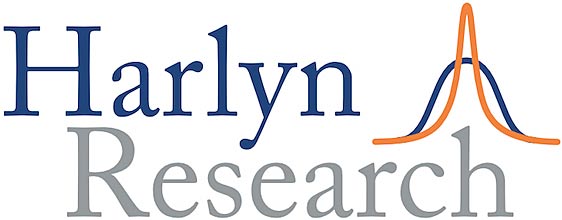Focus on Fixed Income
Friday, November 17th, 2023High Yield has the best yield to volatility ratio
Our top-down models are now overweight fixed income, so maybe it is time to work out exactly which categories we want to own and why. We have always liked the yield to volatility ratio, chiefly because it is a good lead indicator of the Sharpe ratio, which an asset will deliver. It contains more information than a study of spreads relative to benchmark, and avoids the underlying assumption that these are somehow mean-reverting. High Yield scores very well on this metric and has done for most of the last two years, which is why we have it as the only category in our fixed income model, where we are overweight relative to benchmark.
PURCHASE ALL ACCESS PASS
Already hold an All Access Pass? LOG IN
